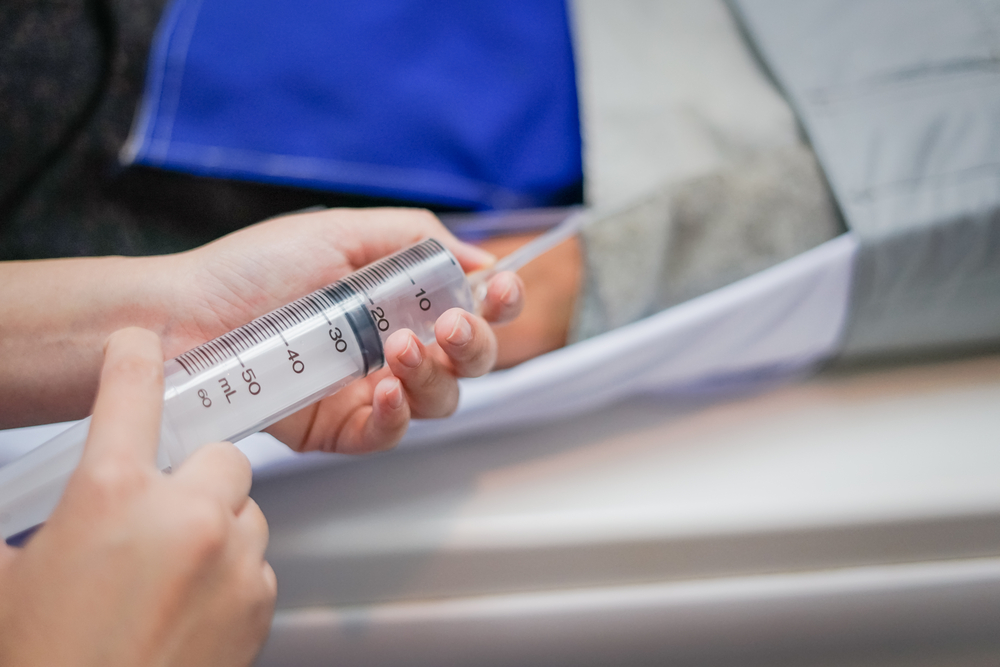IV Contrast Shortage – 9 Ways to Conserve

Due to supply chain issues, the nationwide shortage of intravenous iodinated contrast media utilized in CT scans may last for 6-to-8 weeks. GE Healthcare has reported that all formulations and concentrations of Omnipaque (iohexol) will experience limited availability. The contrast material is manufactured in Shanghai, China, where a lockdown occurred due to COVID infections. Although the facility is now open again and production has resumed, supplies will be reduced by about 80% through mid-June.
The shortages were first seen at the end of April. On May 5th, the American Hospital Association confirmed nationwide shortages. Patients are experiencing cancellations or postponements of previously scheduled CT scans, and emergency departments are utilizing other diagnostic testing. Many healthcare facilities are giving precedence to those patients with the most critical needs — trauma patients and those who may be experiencing a stroke or blood clot. Organizations are implementing strict conservation measures to conserve supplies for the most critical patients.
The American College of Radiology (ACR) issued this statement, “The ACR Committee on Drugs and Contrast Media, within the ACR Commission on Quality and Safety, is aware of the current global shortage of iodinated contrast media. The following statement offers some recommendations on how providers may address this emergency locally. The recommendations are not exhaustive or prescriptive. They are intended as a resource for imaging providers and their institutions to continue to provide high-quality patient care during times of shortage of contrast media. Providers and administrative leaders are encouraged to incorporate sound clinical judgment in all decisions affecting patient care.”
ACR also notes that the contrast shortage is evolving and that guidelines may change.
- Use alternative diagnostic studies found in the ACR Appropriateness Criteria® — CT scan without contrast, MRI with or without gadolinium-based contrast, ultrasound with or without ultrasound contrast agents, PET/CT, or nuclear medicine.
- Consider different versions/formulations of contrast agents — they may be available with another brand name or intended clinical use.
- If possible, look at other vendors and see if having two vendor products on formulary is feasible.
- Ask your pharmacy if the higher volume, single-dose vials can be repackaged into small dose vials.
- Use weight-based doses when possible.
- Decrease dosage with lower kVp protocols.
- Reserve higher concentration agents for angiographic studies and multiphase studies.
- Use nonionic contrast alternatives for oral, rectal, and genitourinary administration. See if barium-based products for oral opacification in CT and PET/CT may work as well — use the ACR Contrast Manual to find alternatives.
- Coordinate usage between other departments that use iodinated contrast to prioritize limited supplies.
The American College of Radiology reminds all imaging centers and departments that, despite short-term shortages through early summer, that image quality should not be sacrificed by using less than optimum contrast doses.